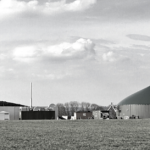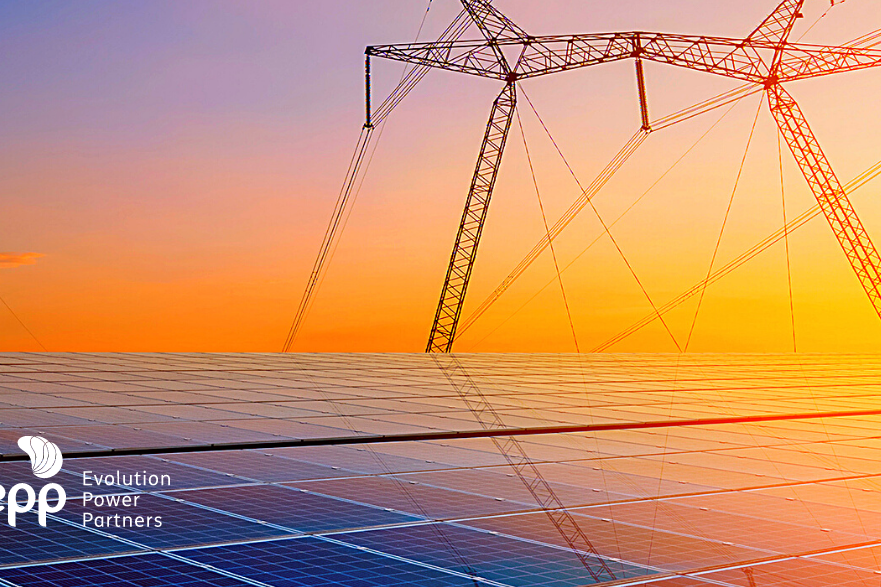Countries and society are looking for ways to reduce CO2 emissions and promote decarbonization to maintain development and maintain the environment.
The issue of decarbonization is crucial for our future. Global warming is a real threat, and if we don’t take action to curb carbon emissions, the planet will face catastrophic consequences. But what is the path to decarbonization?
Since the beginning of the Industrial Revolution, in the 19th century, the world has gone through major revolutions in both technology and production. However, this advance came at a cost to the environment. The heavy use of fossil fuels has resulted in global warming and climate change.
If we try to imagine what the energy management of the future will be like, surely flexibility will be fundamental. Sudden changes in the balance between demand and supply of energy will be more common and countries that manage to decarbonize and expand the energy matrix will be at the forefront.
What is decarbonization and why is it necessary?
Every time fossil fuels are burned to generate energy, gases such as carbon dioxide (CO2) are emitted into the atmosphere. CO2 changes the composition of the air around the planet and creates holes in the ozone layer, which is a coating that protects the Earth’s surface from the sun’s rays.
Without this protection, there is an increase in temperature on earth, in addition to climate changes, such as excessive rainfall or scarcity, more incidence of catastrophic events and migrations. The United Nations (UN) estimates that, if nothing is done to curb greenhouse gas (GHG) emissions, the average temperature will increase by 3.7°C by 2100.
Although emissions are already considered the main global risks according to reports from the World Economic Forum and the Intergovernmental Panel on Climate Change (IPCC), there are already irreversible changes, increasing the pressure for bolder targets and more effective changes.
Because of this, decarbonization is necessary. It refers to the search for the reduction and elimination of GHGs in society’s activities, promoting a substitution for cleaner and renewable sources, such as wind energy, solar energy and bioenergy.
Investing in decarbonization brings benefits to the environment, but also to the economy. Companies that invest in this area reinforce the ESG and add value to the business, improving their image in the market. In addition, it is possible to reduce the energy cost, since there are renewable options that are cheaper in the long term than fossil fuels. Finally, there are tax reductions, grants and a sustainability certificate for the organization.
Brazil and decarbonization
Events held to discuss the climate, such as COP 26 and COP 27, are essential for devising strategies for decarbonization and, above all, signing reduction and financing agreements. Brazil has a signed agreement to mitigate 50% of its greenhouse gas emissions by 2030, using the year 2005 as a baseline and the Fourth National Emissions Inventory as a reference.
To offset greenhouse gas emissions, fossil fuel distributors will have to buy, in 2023, 37.47 million Decarbonization Credits (CBIOs) from companies producing biofuels, as a way to encourage the energy transition to renewable sources.
The solution is not in just one method or one source. The path must certainly be followed by increasing investment in renewables, diversity of the energy matrix, changing social habits and promoting an increasingly circular economy.
Even with the challenges, the main objective of Brazil and the world must be to achieve climate neutrality, reducing pollutant emissions and encouraging carbon offsetting practices, the substitution of raw materials and structural adaptations so that nations reach zero carbon.
The good news is that we are already making significant progress. With a little effort and determination, we can meet the goal of carbon neutrality and reduce greenhouse gas emissions.






